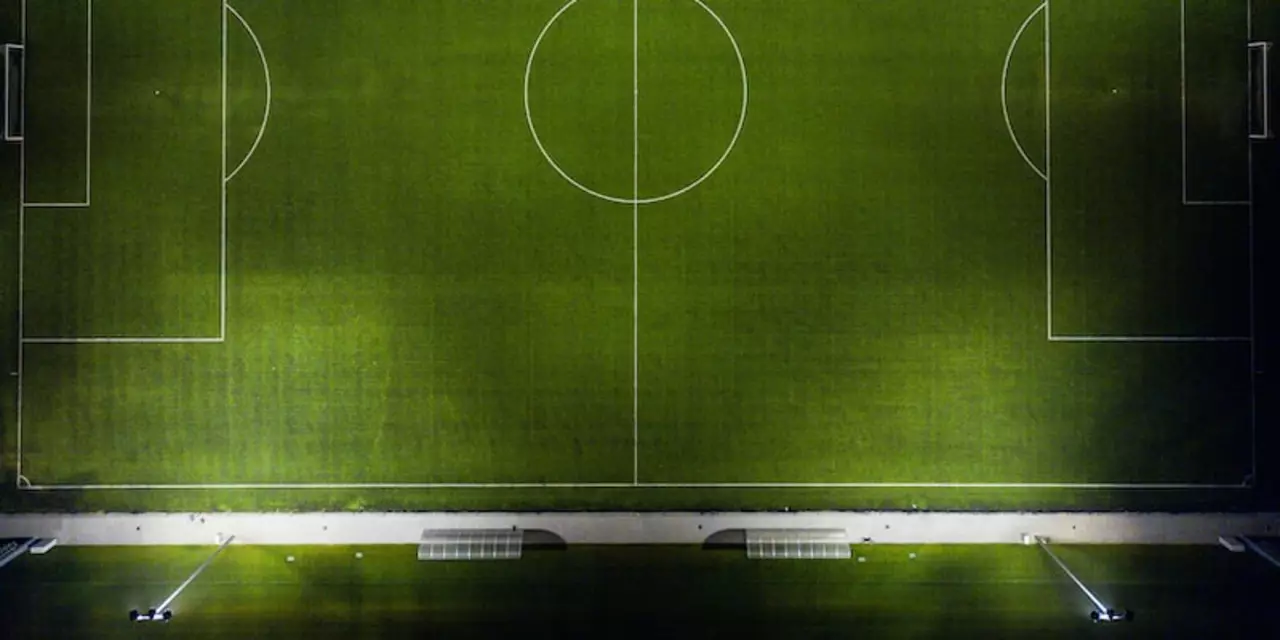How to Make a Soccer Ball Lift When Kicking – Simple Tutorial
Ever tried to chip a ball and wondered why it just rolls instead of soaring? You’re not alone. Lifting a soccer ball isn’t magic; it’s about where you hit it and how you move. Below you’ll find the exact steps to get that clean lift, whether you’re on the pitch with friends or practicing at home.
Set Up Your Body and Foot
First, stand a few steps back from the ball. Keep your shoulders relaxed and point them toward your target. Bend your knees slightly – think about a small jump, not a squat. Your planting foot should be about a foot away from the ball, pointing straight toward the goal or the spot you want the ball to land.
Now, focus on the kicking foot. Use the middle part of your laces, not the toe or the outside edge. Imagine drawing a line along the top half of the ball; that’s where you want to make contact. The ball’s center should be just a little lower than the middle of the foot. When you strike, aim to hit the lower half of the ball’s surface. This creates backspin, which is the secret to lift.
Execute the Swing and Follow‑Through
When you swing, lead with your knee. The knee should come up and forward, creating a smooth arc. Your foot should be angled slightly upward, as if you’re trying to flick a pancake. The motion should be quick but controlled – a fast, jerky kick will choke the ball, while a slow swing won’t give enough power.
After you make contact, let your foot continue its path. A long, smooth follow‑through points your toe toward the target. This not only adds power but also keeps the ball’s spin consistent. If you stop the foot too early, you’ll lose lift and the ball may stay low.
Practice this move a few times without worrying about distance. Just focus on clean contact and a steady follow‑through. Once you feel comfortable, add a little run‑up to generate more speed. Remember, the key is not how fast you run, but how well you strike the ball’s lower half with the laces.
Common mistakes to watch out for: hitting the ball with the toe (it sends it on a wobble), leaning back too much (the ball drops), or keeping the knee too low (you won’t get the needed backspin). Fix these by checking your posture in a mirror or recording yourself.
With a few minutes of focused practice, you’ll notice the ball lifting cleanly every time. Try different distances and angles to see how the lift changes. Before long, you’ll be using the technique in games, catching defenders off‑guard with a perfectly timed chip.
So grab a ball, head to the nearest open space, and give these steps a go. The next time you hear that satisfying thump and see the ball rise, you’ll know exactly what you did right. Happy kicking!
How can I cause a football/soccer ball to lift when kicking it?

